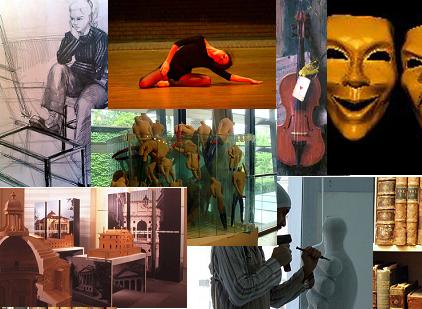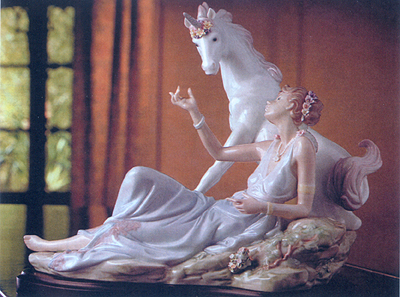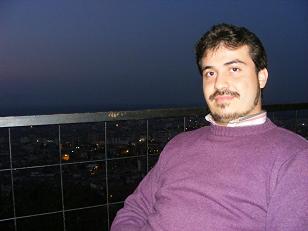 Güzel Sanatlar Hakkında Bilgi - Güzel Sanatların Dalları - Güzel Sanatların Sınıflandırılması
Güzel Sanatlar Hakkında Bilgi - Güzel Sanatların Dalları - Güzel Sanatların Sınıflandırılması
Güzel sanatlar, güzellik ve zevkle ilgilenen sanatlar için kullanılır. Bu terim ilk defa Fransızcada beaux arts olarak, resim, heykel, baskı gibi görsel sanatları tanımlamak için kullanılmıştır. Günümüzde daha çok, klasik veya akademik sanatla bağlantılı olan geleneksel görsel sanatlar anlamına gelir.
Güzel sanatlar teriminin ortaya çıkışındaki motivasyon, resim, heykel gibi görsel sanat dallarını; tekstil, seramik gibi zanaat ve uygulamalı sanatlardan ayırmaktı. Buradaki "güzel", sanat eserinin niteliğini değil, disiplinin estetikle bağlantısını vurgulamak için kullanılmıştır. Günümüzde icra edilen ve sadece resim, heykel ve baskıyla kısıtlı olmayan modern ve çağdaş sanat eserleri için açıklayıcı ve kapsayıcı olmadığından, buna alternatif olarak görsel sanatlar tabiri kullanılmaktadır.

Güzel Sanatlar |
|
|
|
|
|
|
Yardımcı Kaynaklar
TÜRK MİMARİ ESERLERİ


YASAL UYARI






 Sanatın "Kiç"i
Sanatın "Kiç"i Güzel Sanatlar Akademisi’nde 1955 yılına kadar hocalık yapan Ord. Prof. Dr. Süheyl Ünver, klasik Türk sanatlarını yeniden diriltmek amacıyla 1957′de Cerrahpaşa Tıp Tarihi Enstitüsü’nde bir atölye kurar. Tezhip, minyatür sanatlarımızın uygulandığı bu atölye bir anlamda Osmanlı nakışhane geleneğini andırır.
Güzel Sanatlar Akademisi’nde 1955 yılına kadar hocalık yapan Ord. Prof. Dr. Süheyl Ünver, klasik Türk sanatlarını yeniden diriltmek amacıyla 1957′de Cerrahpaşa Tıp Tarihi Enstitüsü’nde bir atölye kurar. Tezhip, minyatür sanatlarımızın uygulandığı bu atölye bir anlamda Osmanlı nakışhane geleneğini andırır.













